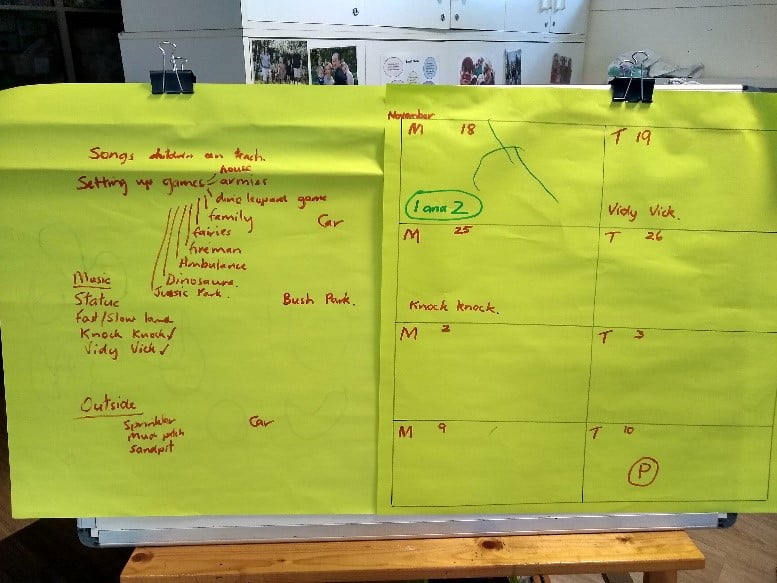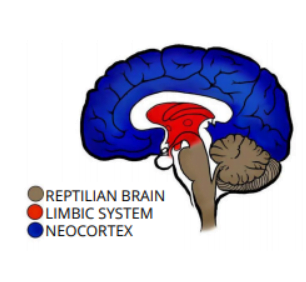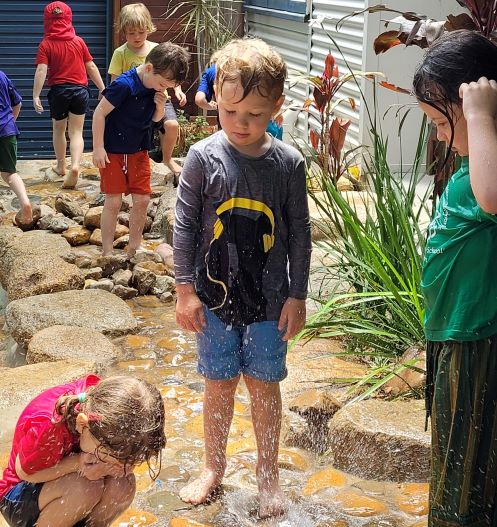
The Meeting of the tribes!
October 18, 2019
Children’s voices versus Christmas glitz
November 22, 2019Some children breeze through transitions and changes, others need support and a small percentage tie themselves up in knots with extreme worry. All responses are valid. My aim for this blog is to share some thinking to support the knot-tiers.
Firstly, a disclaimer, if you are really worried about your child, seek psychological support for both your child and you or just for you. When you understand more about what is happening in your child’s brain when they are in a highly anxious state and you have pre-thought your responses, you will automatically increase your ability to remain calm and respond in a way that will, over time, reduce such an explosive response.
I am a mighty supporter of the view that our (adults in the child’s life) responses inform children’s next response. Just like a quick glance to the flight attendant when the plane lurches elicits a calmer response from me.
It is however extremely challenging to respond calmly if your child is in a highly distressed state and has been for a long time. Their distress causes our distress to skyrocket. As parents we have been wired this way to protect our children from harm. The difficulty is that the child’s brain cannot differentiate between a real threat and a perceived one. Some children can catastrophize the most extreme scenario from the most innocent of events. They are responding using their limbic system of fight, flight or freeze. Once they are in this heightened state, it is impossible for them to access their Neocortex, the thinking part of the brain, until they can calm themselves enough to think.
The other significant factor is that once heightened because of one experience, the slightest thing can be a drama. However, it is imperative to understand that children learn what they are capable of when they feel fear and see that they managed. Parents also have to be brave and step back, knowing that if they protect their child from these fearful feelings, those fearful feelings will only grow. When children are enabled to respond to fear with avoidance, they lose the opportunity to learn that they can be scared and brave at the same time. When children are supported to face their fears they learn that they are capable and in the next scary moment they can remember that they are capable of bigger, braver things.
So, what to say!
Some possibilities ‘in the highly distressed moments’:
- “I can see you are very upset. Take some breaths just like me.”
- Use touch: a cuddle; a back rub where they can feel your calm breathing; moving your finger around their fingers slowing down breathing.
- “It’s tough being brave, you really are trying to calm down.” (a tiny step in the right direction is all that’s needed!)
- “I can see you are feeling sad from your face. What can we do to help you calm down?”
- “When I started………., I felt ………., now I feel ………”.
Having discussions at another time, either prompted by debriefing the distressing event, a story or even showing the picture of a brain and describing what’s happening ‘in those moments’, are essential for working out a plan or discussing possibilities to try next time those feelings become overwhelming. This is such a big topic and requires information and self-reflection. The following resources may prompt further thinking:
https://www.youtube.com/watch?v=vDUqww4-ymQ Helping your child calm down.
https://www.heysigmund.com/from-anxiety-and-avoidance-to-brave-behaviour/ From Anxiety and Avoidance to Brave Behaviour – How Parents Can Make a Powerful Difference
https://earlychildhood.qld.gov.au/early-years/activities-and-resources/transition-to-school-resources Transition to school resources.





